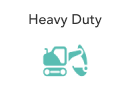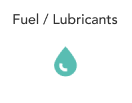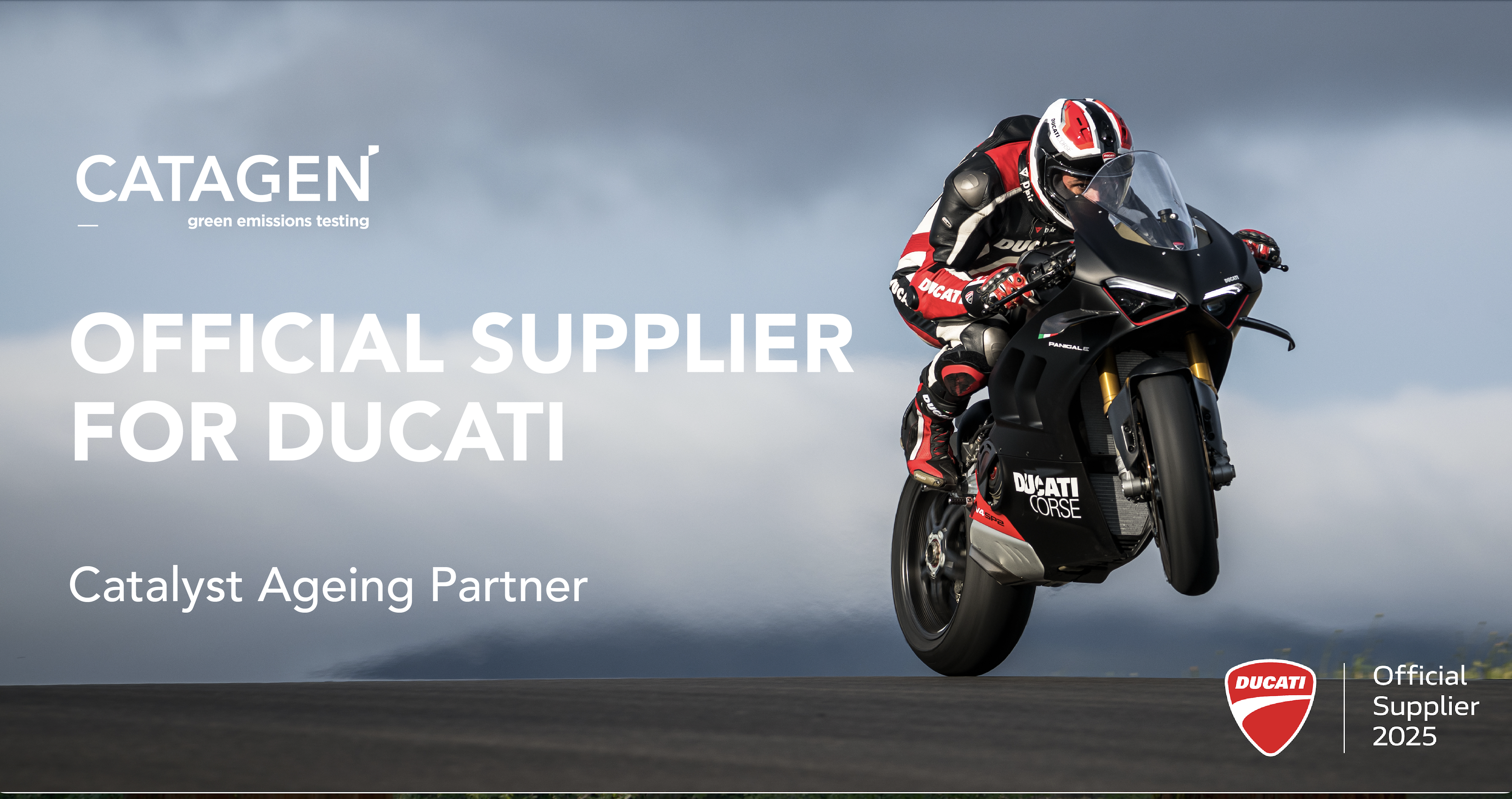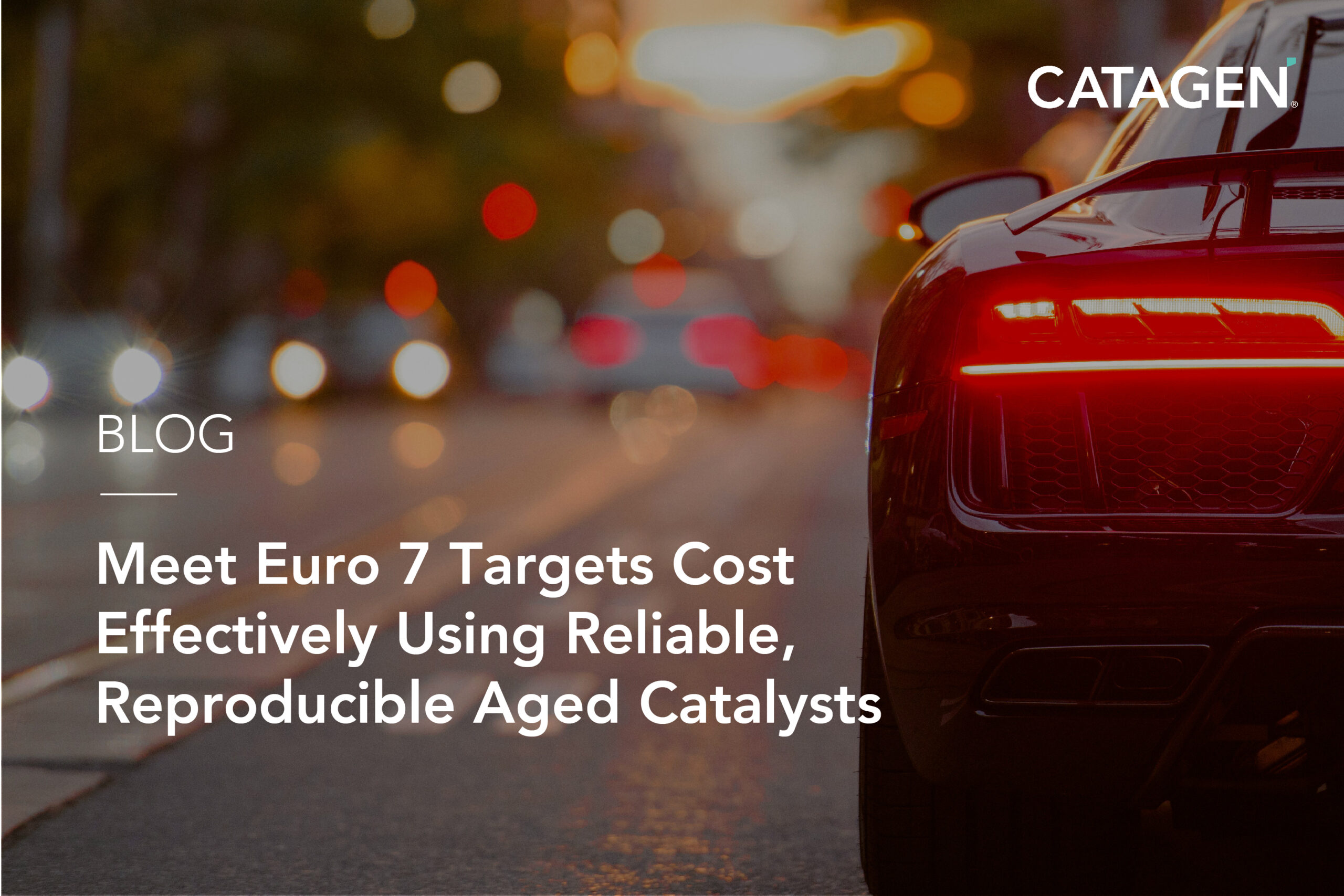-WRITTEN BY: DR KURTIS IRWIN – VP OF GLOBAL CATALYSIS
INTRODUCTION:
Euro 7 emissions legislation, which is currently being developed by the European Union, is expected to significantly tighten emissions standards for vehicles. This is likely to have an impact on original equipment manufacturers (OEMs), as they will need to invest in new technologies and redesign their vehicles to meet the stricter standards. This may increase the cost of production for OEMs, which could be passed on to consumers in the form of higher prices for vehicles. Additionally, the stricter standards may also lead to increased competition among OEMs as they try to develop and implement the most effective and efficient technologies to meet the new regulations.
The biggest impact on tailpipe emissions is likely to be the reduction of nitrogen oxide (NOx) and particulate matter (PM) emissions. These emissions are known to have a significant impact on air quality and human health and are a major focus of emissions regulations such as Euro 7.Catalyst aging requirements are a key aspect of this legislation. These requirements specify the minimum level of emissions reduction that a vehicle’s catalytic converter must maintain over its lifetime.
WHAT DOES THIS MEAN?
OEMs will need to use catalytic converters that are more durable and can maintain their effectiveness over a longer period. This may involve using more expensive materials or developing new catalytic converter designs that can withstand the rigors of real-world driving conditions.
To pass the test, manufacturers need to perform a catalyst aging test and age the catalytic converter by simulating the driving conditions and vehicle usage, this can be done by using a specific catalyst aging bench or a chassis dynamometer.
It’s not specified in the Euro 7 legislation yet, but the equivalent distance required for catalyst aging will likely be increased in the new standards, to 200,000km or 10 years. There has been no indication of the methodology of how the catalysts can be brought to this equivalent distance and so it is expected that the current ageing methods and legislation will stay in place through an equivalent time at temperature from a standard road cycle (SRC)
There are a number of benefits associated with having Reliable and reproducible aged catalysts:
1. Improved compliance with regulations – aged catalysts that are tested and proven to be effective in reducing emissions can help OEM’s meet the stringent Euro 7 emission standards and other regulations for new vehicles.
2. Reduced test-to-test variance – with more than one after-treatment system aged to the same levels it allows for comparison between vehicle sets and other powertrains with a known after-treatment performance.
The CATAGEN OMEGA , an electrically powered recirculating gas reactor is specifically designed for catalyst and after-treatment ageing. The Omega is able to recreate the catalyst inlet conditions of temperature, gas concentration and flow rates to rapidly age the catalyst, most commonly applying the standard bench cycle (SBC), as detailed by the environmental protection agency (EPA).
“Applying our method of aftertreatment ageing will ensure that each catalyst will experience the same levels of ageing, providing reliably, reproducible aged catalysts”
Overall, using reliably reproducible aged catalysts can provide significant benefits for OEMs during the homologation process of new vehicles, such as cost savings, increased efficiency, reduced testing, and reduced risk of non-compliance, which can help them bring new vehicles to market faster, and comply with emission regulations.
Bio – Dr Kurtis Irwin
Kurtis is the VP of Global Catalysis and has over 10 years of experience specialising in after-treatment systems and catalysis.
He is a Doctor of Philosophy (Ph.D.) focusing on mechanical engineering and he was recently awarded the UKRI Future Leader Fellowship award.



